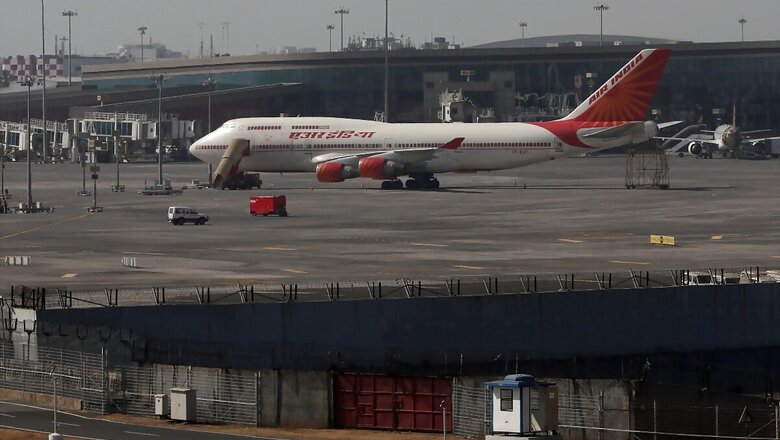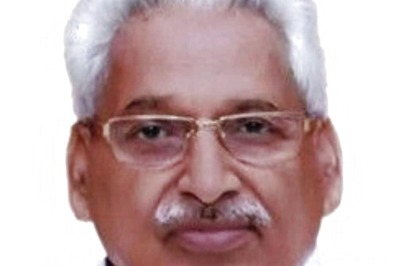
views
State-run refiners increased the jet fuel prices on Friday adding more worries to the Indian carriers struggling to reboot operations after extensive disruptions due to the fresh wave of the pandemic. The move is expected to make air travel more expensive, further impacting demand.
In the National capital, ATF prices for domestic airlines increased by 2.44 per cent from Rs 68,262.35 per kilolitre on July 1 to Rs 69,857.97 on July 16. In Mumbai too ATF rose from a level of Rs 66,482.90 per Kl to Rs 68,064.65 per Kl on Friday.
Any increase in jet fuel prices by state-run refiners swells the operating costs of Indian carriers. Aviation turbine fuel (ATF) accounts for 35-50 per cent of the cost of running an airline in India.
Moreover, the flurry of price increases may further stress the balance sheets of airlines who are making desperate efforts to stay afloat. ATF prices have risen close to 40 per cent since January this year from a level of just around Rs 50,000 per Kl at the beginning of the year to over Rs 70,000 per Kl now.
Though airlines have the option of buying ATF abroad, with the curtailed international operation, this option has also limited benefits. And with passenger demand staying tepid amid the pandemic, it is difficult for airlines to pass on the entire cost increase to passengers.
An official of a budget carrier said that rising and uncertain demand scenarios will make airlines conservative on expanding capacity, especially on routes that have low demand.
As the vaccination rollout gets underway, India’s airlines are hoping against hope that travel demand starts showing some semblance of normalcy. Yet most indicators point that it will be a while before that happens. One or more airline failures cannot be ruled out and the botched bankruptcy of Jet Airways and the much-delayed sale of Air India has only complicated matters. Between a market structure that is tending towards a duopoly and rising input costs, the flight path for India’s airline continues to be unsettled.
Also Watch:
All this while risk profiles for airlines continue to change. International skies are closed for the most part, domestic travel is patchy at best and the stress on small and medium businesses continues to impact business travel demand. Add to this, each state mandating their own protocols and a growing acceptance for road travel as the preferred mode for vacations.
At current forecast levels, it will be at least two more years before India returns to the GDP levels of 2019 even as the borrowing rate is gradually increasing, fuel costs are rising and the rupee is depreciating. For airlines, this means rising input costs against an environment of weak demand. Unsettling—to say the very least.
(With inputs from IANS)
Read all the Latest News, Breaking News and Coronavirus News here.



















Comments
0 comment